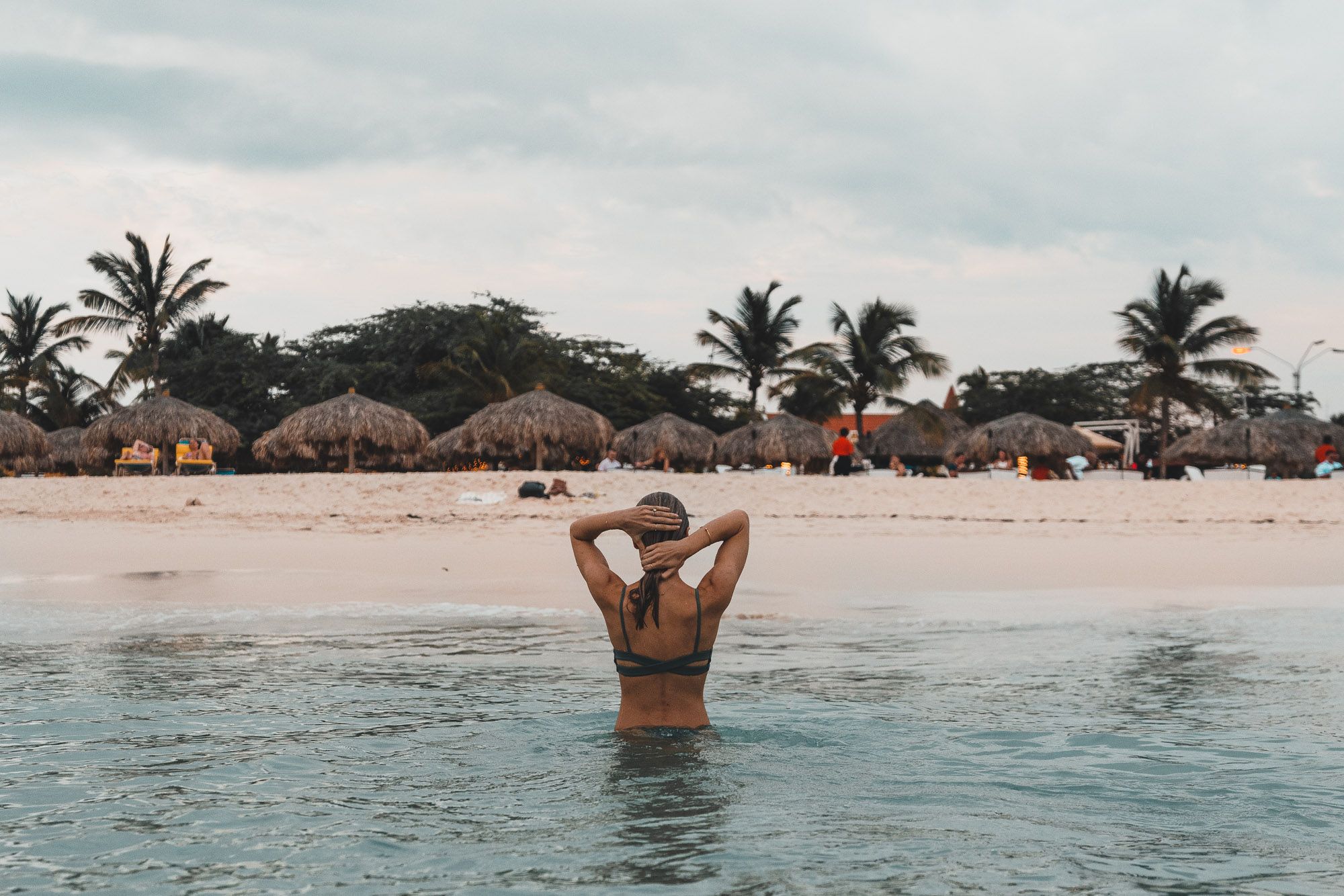Aruba, the sun-soaked gem of the Caribbean, is more than just a honeymooner’s paradise or a family vacation hotspot. It’s a haven for solo travelers—especially those with a passion for photography. With its endless coastlines, dramatic desert landscapes, and colorful architecture, Aruba invites you to tell your story, one photo at a time. If you’ve ever dreamed of photographing vivid sunsets in solitude or capturing candid moments of life along the Caribbean, Solo Photography in Aruba is your canvas.
Whether you’re traveling with a DSLR, mirrorless camera, or just your smartphone, Aruba offers scenes that beg to be framed. And when you’re on your own, you can wander freely, take your time, and truly connect with your surroundings—without distractions.
Why Solo Photography in Aruba is Perfect
Few places blend natural beauty, cultural color, and ease of travel like Aruba does. For solo photographers, it offers the rare opportunity to balance adventure with tranquility. Its compact size makes it easy to explore without a fixed plan, while its consistently warm weather and safe environment mean you can venture out early in the morning or during the golden hour without worry.
From the sweeping dunes of Arikok National Park to the pastel-colored buildings of Oranjestad, Aruba delivers stunning contrast in scenery and story. The combination of vivid Caribbean blues, ochre desert tones, and bursts of bougainvillea pinks creates an irresistible palette for any lens.
Best Solo Photography Spots in Aruba
Eagle Beach and Palm Beach: Sunrise and Sunset Gold
These iconic beaches are a dream for landscape photographers. Eagle Beach, known for its soft white sand and Divi Divi trees, is especially magical at sunrise when the light spills across the coastline, creating long shadows and golden hues. Palm Beach, more vibrant and lively, comes to life at sunset, offering silhouettes of palm trees and sailboats.
Photographing these beaches solo means you can take your time composing shots, adjusting exposure, or just sitting in silence until the moment is right.
Arikok National Park: Aruba’s Desert Drama
Rugged hills, lava formations, and ancient caves make Arikok a paradise for those who love earthy, untouched textures. Solo photography here is all about mood and contrast—cactus shadows against bright skies, the rough terrain under a blanket of soft light, and centuries-old rock carvings hidden in dark caves.
You’ll want to set aside a few hours and plenty of memory card space. Traveling solo allows you to fully immerse yourself in this raw and wild beauty without being rushed.
Alto Vista Chapel and California Lighthouse: Aruba’s Quiet Icons
Tucked away on the northern coast, the Alto Vista Chapel sits peacefully among rolling hills, providing a solemn yet scenic subject, especially during the early morning light. A few minutes away, the California Lighthouse stands tall, offering panoramic views that are breathtaking at dusk.
Both locations are often quiet, especially if you arrive early or during weekdays—perfect conditions for a solo shoot with undisturbed moments.
Oranjestad Streets and Local Life
The capital city is rich in Caribbean charm, with Dutch colonial architecture painted in pastels, colorful murals, and local markets buzzing with character. For solo photographers, this is where you can dive into street photography, candid portraits, and architectural detail shots.
Moving around on your own makes it easier to approach people, wait for the perfect moment, and blend into the environment. Oranjestad is where the island’s soul meets spontaneity—ideal for capturing Aruba’s cultural essence.
Tips for Taking Stunning Solo Photos in Aruba
Use a Tripod with Remote or Timer
To get yourself in the frame, especially on scenic beaches or rocky cliffs, bring a lightweight tripod. Combine it with a remote or your phone’s timer to capture solo portraits.
Golden Hour is Gold for a Reason
Aruba’s sunrises and sunsets are picture-perfect. Plan your photo walks around these times for soft, warm lighting that enhances every shot.
Safety First, Always
Aruba is known to be one of the safest Caribbean islands. Still, always be mindful when carrying expensive gear, especially in remote areas. Let someone at your accommodation know where you’re headed.
Respect the Environment and Culture
Don’t climb or sit on natural formations or touch ancient cave art. Being a solo traveler doesn’t mean you’re invisible; it means you’re more responsible for being mindful.
Emotional Benefits of Solo Photography Travel
Solo travel itself is a personal journey. Pair it with photography, and it becomes transformational. You’re not just taking pictures—you’re documenting how you see the world, your rhythm, your pace. Every photo becomes a personal imprint of what caught your eye, what moved you, what made you pause.
In Aruba, the ease of movement, the kindness of locals, and the constant beauty that surrounds you encourage this quiet reflection. Solo photography in Aruba is about more than aesthetics—it’s about presence, peace, and personal storytelling.
Packing Essentials for a Photography-Focused Trip
Before you land on this dreamy island, make sure to bring:
-
A sturdy but lightweight tripod
-
A weather-sealed camera (if possible)
-
Wide-angle and portrait lenses
-
Extra batteries and memory cards (Aruba’s beauty is endless!)
-
A dry bag or waterproof cover for beach and boat shoots
-
A journal for logging photo locations and ideas
Having the right gear ensures you’re ready for whatever light, scene, or story comes your way.
Conclusion
There’s something incredibly freeing about exploring a place with only your camera and curiosity as your guide. Aruba welcomes solo photographers with open arms, offering dazzling views, untouched landscapes, and rich cultural moments—all waiting to be captured.
Whether you’re an amateur seeking your style or a seasoned photographer refining your craft, solo photography in Aruba offers the perfect blend of solitude, creativity, and natural wonder. Let the island’s colors, calm, and character reflect in every frame you shoot.
And remember, some of the best moments don’t just happen behind the lens—they happen in the silence between shots, when you realize you’re exactly where you need to be
